
On the Near North and West sides of the city bike routes connect and intersect to create clusters of protected routes for bicyclists. Meanwhile, on the Far South Side this web loosens into long stretches of disconnected or parallel paths that cut many neighborhoods off from a safe commute by bike.
“You can be riding down a street with a bike lane, and then suddenly the lane stops and you find yourself in the middle of a busy street trying to dodge traffic,” cyclist Dan Grim said. “I always try to stay on the streets that I know have bike lanes, but in Chicago that just isn’t possible.”
Due to the vast geographic size and pockets of lower population density on the South Side, protected bike paths in Chicago have remained disproportionately clustered on the North and West sides of the city, leaving many cyclists on the South Side with fewer safe cycling routes.
Only 38 percent of all suggested bike routes in the City of Chicago database are protected or separated from traffic in some way. The other 62 percent of suggested routes pose a danger to cyclists and discourage potential new cyclists from taking to the streets.
“There are not very many cyclists on the South Side, in part because people do not feel safe without having the barrier separating themselves from the car,” Shawn Conley of the Major Taylor Cycling Club of Chicago said.
He leads cyclists of all experience levels on bike rides on the South Side, but recognizes that unprotected routes can be daunting to new riders.
“Where as I may feel real comfortable riding the streets with traffic, I am an experienced rider and there is no way that I would ask someone on their first day to go out and ride in the traffic that I do,” Conley said.
Jim Merrell of the Active Transportation Alliance helps community groups advocate for resources in their neighborhoods and recognizes that many factors influence where bike lanes are constructed.
“It’s more than just kind of looking at the map,” Merrell said, “but the reality is, it’s much harder to bike on the South and West sides.
Even though the city has been strategic about expanding resources equitably, the South Side is about twice as large as the North Side geographically, meaning that a web of bike lanes have not yet reached neighborhoods farthest out from the center of the city.
Sean Wiedel, assistant commissioner at the Chicago Department of Transportation said the map of bike lanes doesn’t show a lack of lane equity.
“While it may look that way …we are doing our best to make sure that all bike infrastructure is distributed equitably,” he said. “About 68 percent of the barrier and buffer protected bike lanes that we put in are actually on the South and West sides.”
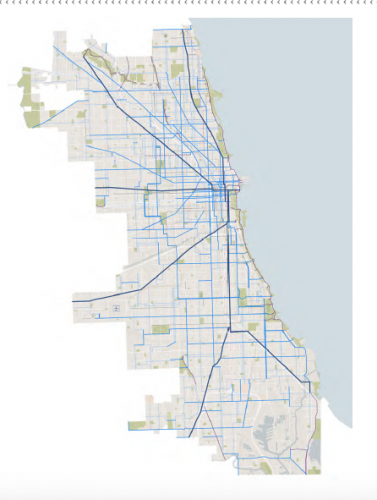
The city now has bike lanes of all kinds in all 50 wards thanks to the Chicago Streets for Cycling Plan 2020, which aims to build bike lanes within a half-mile of every Chicagoan. This means building over 100 miles of barrier and buffer protected lanes and identifying safe neighborhood streets for riders.
According to Wiedel, CDOT decides where to put new bike lanes based on population, employment and commercial density of a location and also works to provide services for all areas of the city to create a connected network.
But the lane implementation sometimes faces community resistance in neighborhoods that rely heavily on cars for transportation and must gain alderman approval, which is determined by the needs of constituents.
Bike lane expansion also relies upon federal and private funding and depends on city planners to determine where new lanes will be a priority.
“We grew in the same rate in all directions,” Wiedel said. “Long term we’d love to actually serve the entire city.”
But for cyclists like Conley, expansion to the far reaches of the South Side can’t come soon enough.
Conley and other concerned cyclists on the South Side have brought suggestions for new lanes and improved bike route lighting to the city, but said their ideas “always seemed to be put on the back burner.”
So, last December Conley and two other cyclists from other cycling organizations wrote an open letter to the Mayor’s Bicycle Advisory Council to request equitable resources on the West and South sides of the city.
“On the North Side … and downtown they’ve done a great job,” he said. “But as you move further south … you don’t find many barrier protected lanes. There’s some … but not nearly what the plan calls for.”
Conley believes that cycling resources can help build local community by allowing residents to shop at local businesses who may not have parking lots.
“If the city were to implement the plan, I think that would go a long way into making things bikeable,” he said. Conley said he passes almost a dozen stores on his drive to the closest Wal-Mart. He would be more likely to support these other stores if the streets were more accommodating for cyclists.
Grim, who has witnessed bicycle accidents in the past, also avoids areas that are less bike-friendly.
“If all streets or just a few more of the large streets had a bike lane, I would cut down my travel time by like half,” he said. “If a street has a bike lane, I always go for that street. I hate riding in traffic.”
The city’s plan includes adding protected bike lanes to make the South Side biking experience safer and more accessible. In the last four years, over 100 protected and buffered lanes have been built in Chicago and the proposed plan would nearly double the total mileage of all bike lanes in the city in the next five years.
“It was an aggressive plan,” Wiedel said. “So now we’re working hard to make sure that we get to meet as many of the goals in it by 2020.”
In the meantime, Conley will continue to advocate for the cycling needs of his neighborhood.
“You know we have a beautiful city and we like to ride (around) it,” Conley said. “But we like to do so safely. It’s a big city and we all need to share it.”


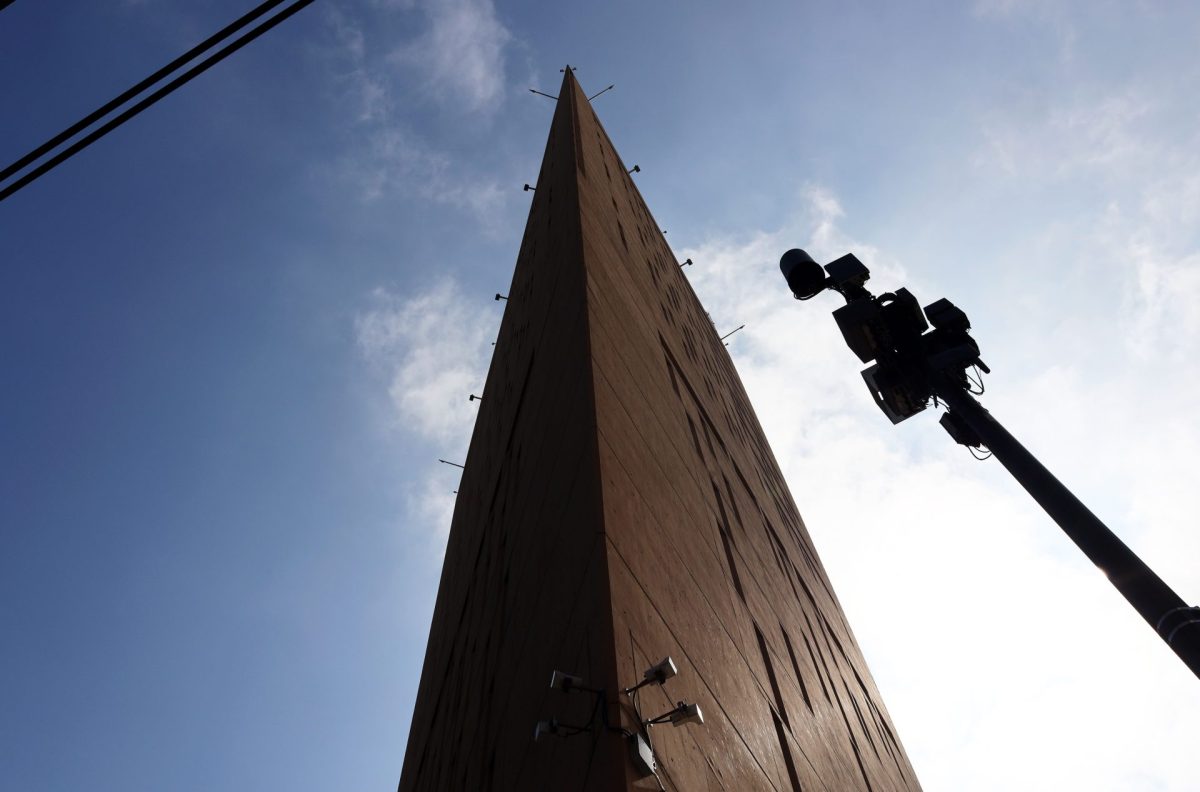
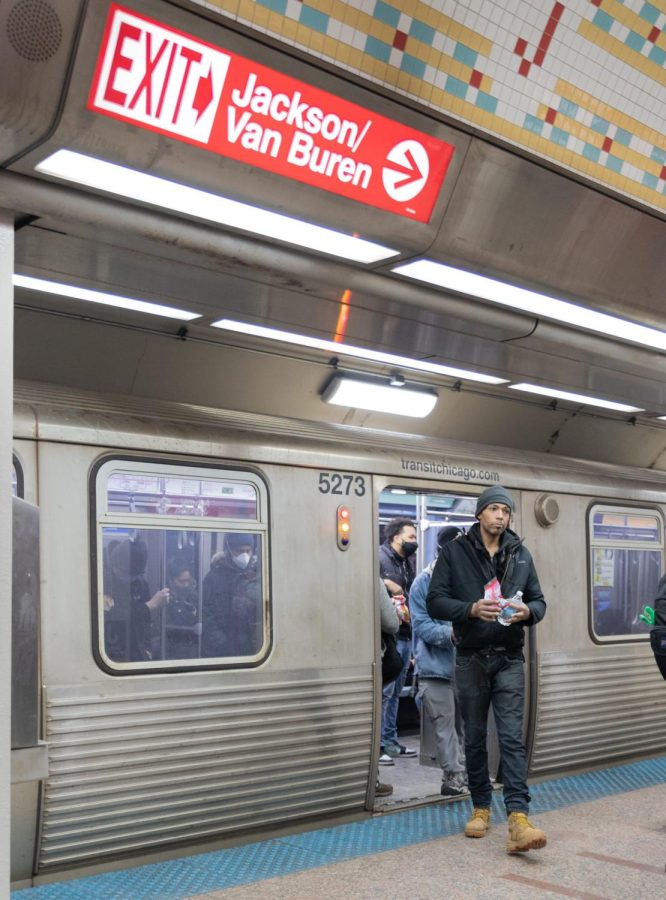
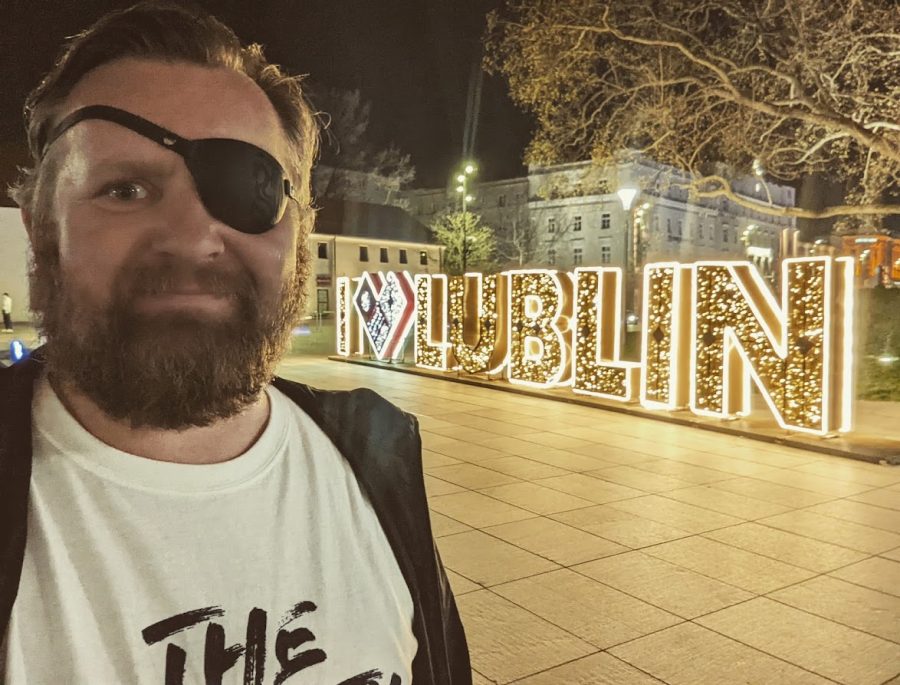


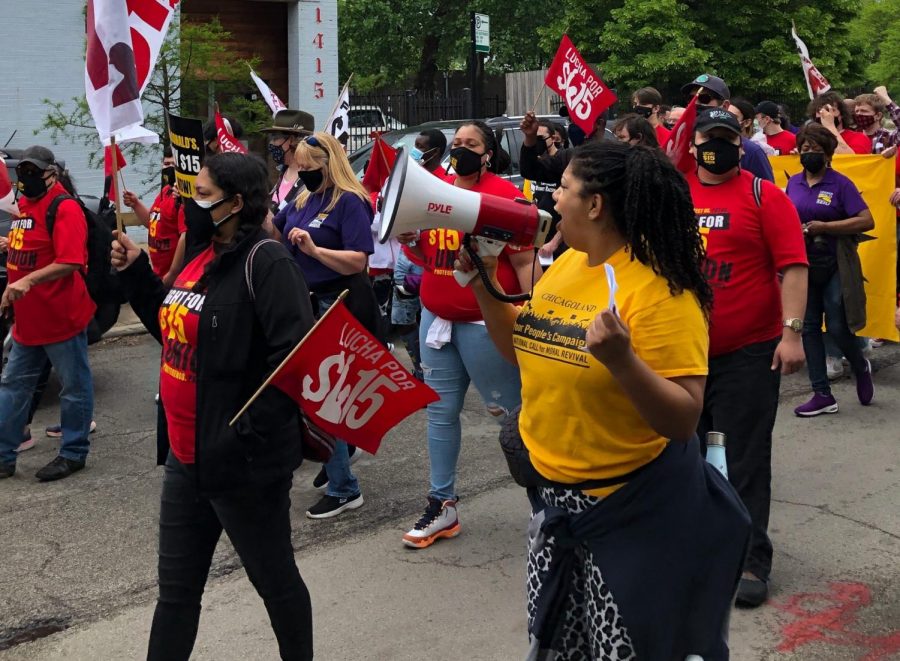
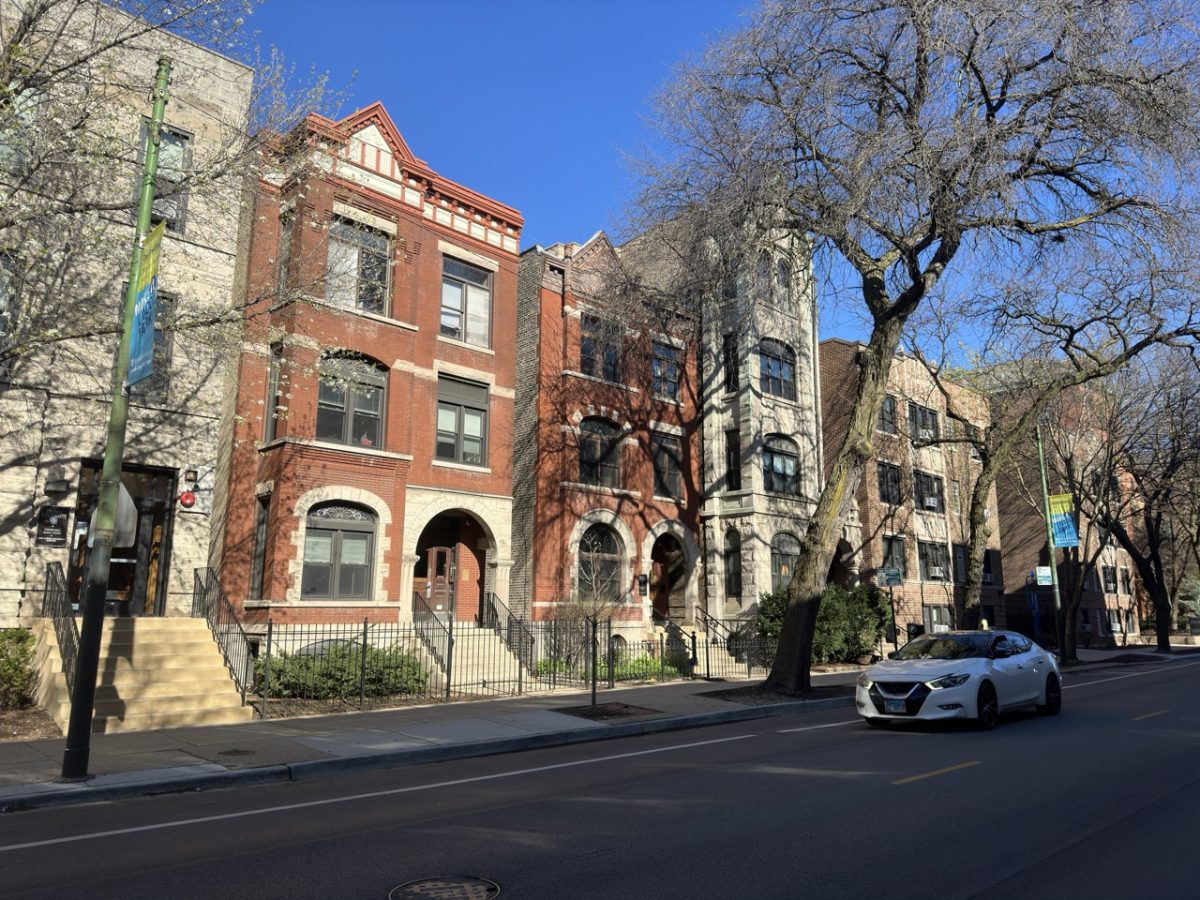



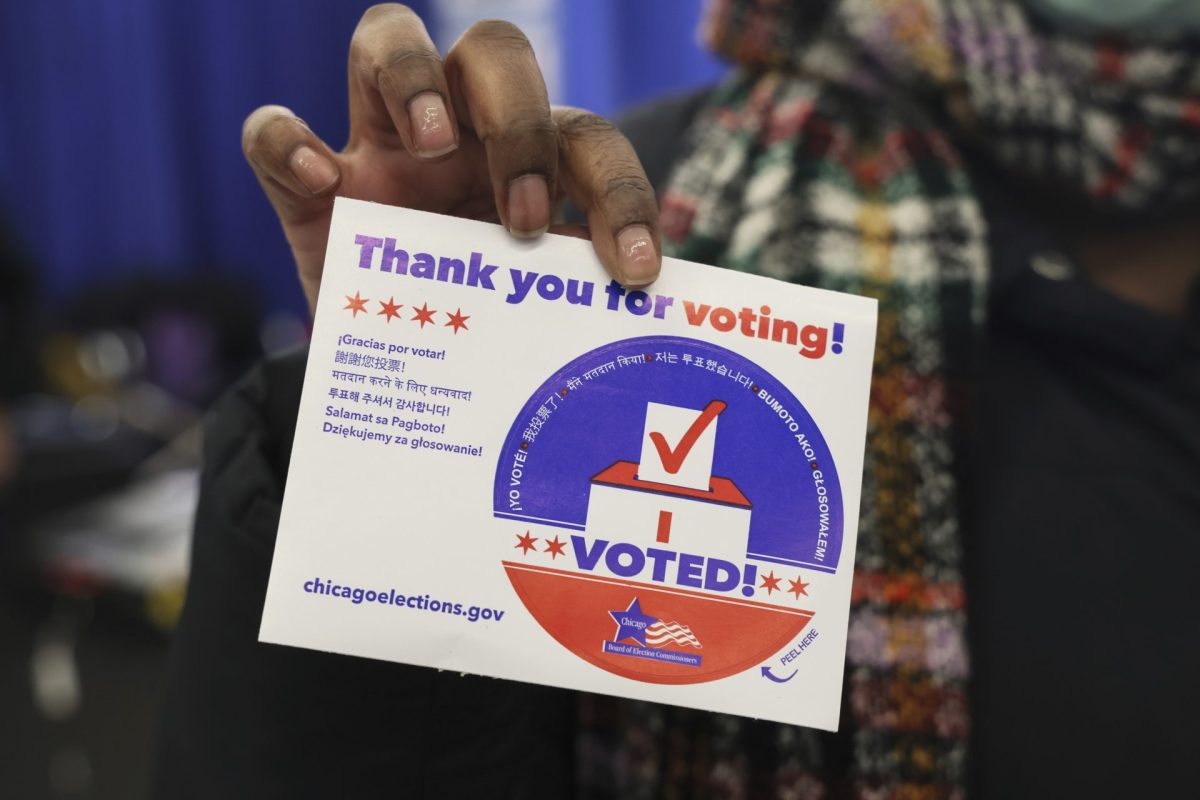

Jennifer Davis • May 12, 2015 at 12:41 am
No, the original passage is correct. According to any recent bike map of Chicago, there is indeed a disproportionate CLUSTER of protected (and “protected”) bike lanes on the north and west sides. There may be more total lanes (or total miles of lanes, whatever) on the south side, but they are spread farther apart.
John Greenfield • May 11, 2015 at 8:44 am
Nice article, but you might want to edit this passage:
Protected bike paths in Chicago have remained disproportionately clustered on the North and West sides of the city
Since it’s contradicted a few grafs later by Wiedel:
“About 68 percent of the barrier and buffer protected bike lanes that we put in are actually on the South and West sides.”
It’s definitely true that the majority of physically protected lanes have gone to the South and West Sides.